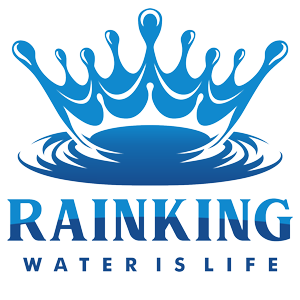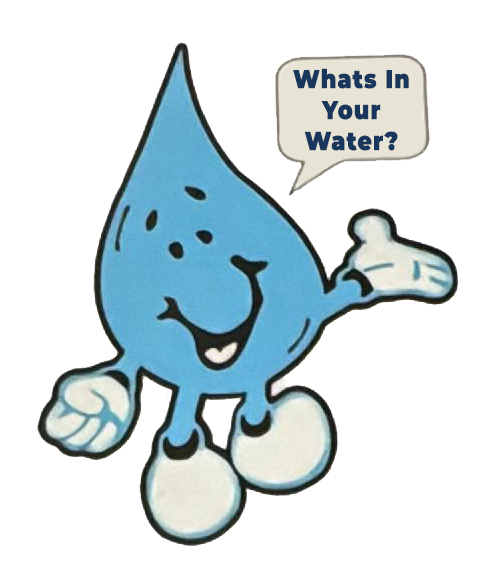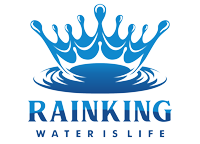Have you ever wondered how water softeners work their magic, transforming hard water into soft and silky goodness? It’s a fascinating process that involves a little bit of chemistry, a touch of magic, and a whole lot of science. In this blog post, we will unravel the mystery behind water softeners and delve into the intricate journey from calcium to sodium. Water softeners play a crucial role in improving the quality of our water, making it more pleasant to use and beneficial for our daily needs. But what exactly happens when hard water passes through these magical devices? How do they manage to remove those pesky minerals that cause limescale buildup and reduce soap’s effectiveness? Get ready to embark on a captivating exploration of water softeners as we dive deep into the inner workings of these remarkable machines. From the moment hard water enters the softener, a series of ingenious steps are set in motion, ultimately leading to the removal of calcium and other mineral deposits, leaving you with gloriously soft water. We’ll examine the different components of a water softener and explain how each one contributes to the overall process. Along the way, we’ll also reveal the extraordinary transformation from calcium to sodium, highlighting the key role it plays in water softening. So, whether you’re a chemistry enthusiast or simply curious about how your water is magically transformed, join us on this enchanting journey to uncover the secrets of water softeners.
Overview of Water Softener Components
A water softener is composed of several key components that work together to remove hard minerals from water. Understanding these components is essential to grasp how water softeners function.
The first component is the mineral tank, which contains resin beads. These beads are responsible for attracting and removing the calcium and magnesium ions present in hard water. As the hard water flows through the mineral tank, the resin beads exchange sodium ions for calcium and magnesium ions, effectively softening the water.
The second component is the brine tank, which holds a solution of salt or potassium chloride. During regeneration, this solution is used to recharge the resin beads by replacing the accumulated calcium and magnesium ions with sodium or potassium ions.
Another important component is the control valve, which regulates various stages of the water-softening process. It controls when regeneration occurs, monitors water flow rates, and ensures optimal performance of the system.
The Ion Exchange Process
The ion exchange process lies at the heart of how water softeners work. As hard water enters the mineral tank, it passes through a bed of resin beads. These beads are negatively charged and attract positively charged calcium and magnesium ions.
As a result of this attraction, sodium or potassium ions are released from the resin beads into the water in exchange for calcium and magnesium ions. This ion exchange effectively removes hardness minerals from the water, leaving it softened.
Regeneration and Resin Cleaning
Over time, as more calcium and magnesium accumulate on the resin beads, their ability to soften water diminishes. To restore their effectiveness, a process called regeneration takes place.
During regeneration, a strong brine solution is introduced into the mineral tank. The high concentration of sodium or potassium in the brine displaces the accumulated calcium and magnesium ions on the resin beads. The displaced minerals are then flushed out of the system, leaving the resin beads clean and ready to soften water once again.
From Calcium to Sodium: The Transformation
The transformation from calcium to sodium is a crucial step in water softening. As hard water passes through the mineral tank, calcium and magnesium ions are exchanged for sodium or potassium ions on the resin beads.
This exchange is possible because sodium and potassium have a stronger affinity for the resin beads than calcium and magnesium. As a result, the hardness minerals are effectively removed from the water, replaced by sodium or potassium ions.
This transformation not only eliminates limescale buildup but also enhances soap’s effectiveness. Soft water allows soap to lather more easily, leading to better cleaning results and reduced soap usage.
Benefits of Soft Water
The benefits of soft water extend beyond just cleaner dishes and softer laundry. Soft water also prevents limescale buildup in pipes and appliances, prolonging their lifespan and reducing maintenance costs.
Additionally, soft water can improve skin and hair health by reducing dryness and irritation caused by hard water minerals. It also enhances the efficiency of household appliances such as dishwashers and washing machines, saving energy and money in the long run.

Maintenance and Troubleshooting Tips
To ensure the optimal performance of your water softener, regular maintenance is essential. This includes periodically checking salt levels in the brine tank, cleaning or replacing clogged filters, and inspecting for any leaks or malfunctions.
If you encounter issues with your water softener, troubleshooting can help identify common problems. Some common troubleshooting steps include checking power connections, adjusting regeneration settings if necessary, or contacting a professional if more complex issues arise.
By following these maintenance and troubleshooting tips, you can ensure that your water softener continues to provide you with the benefits of soft water for years to come.




